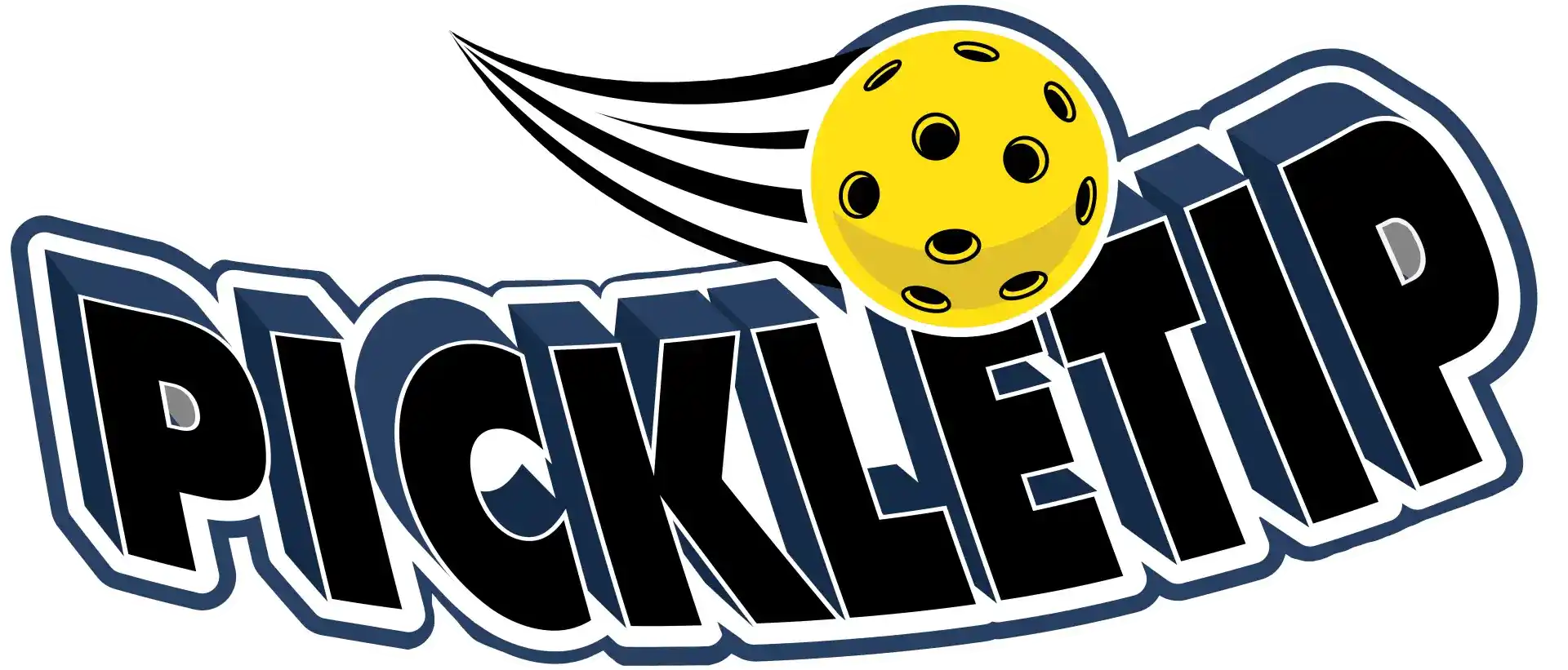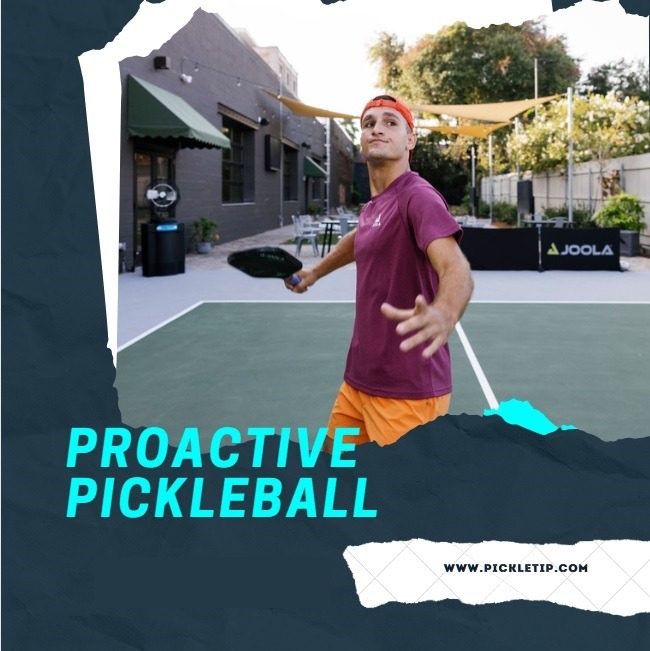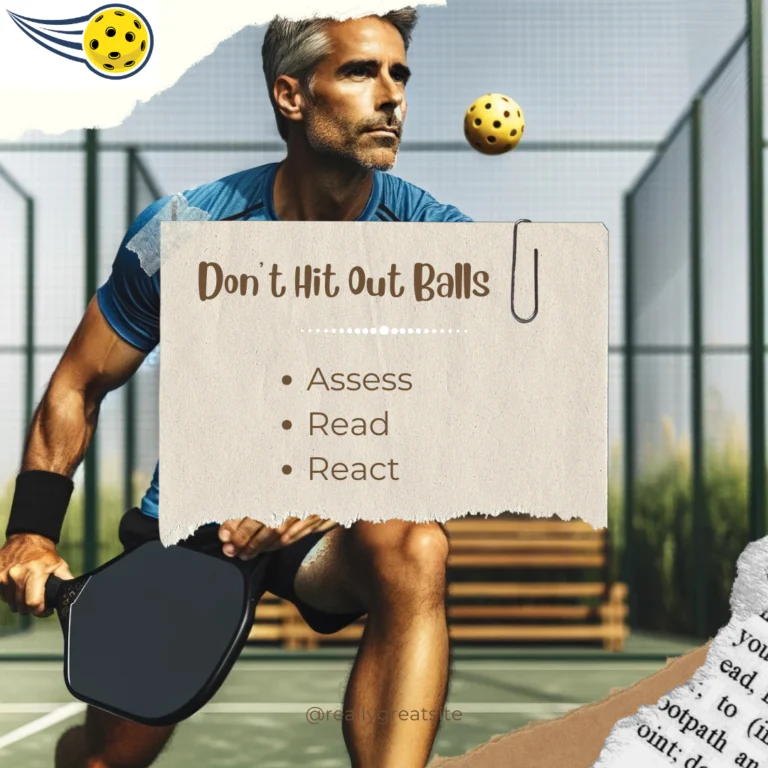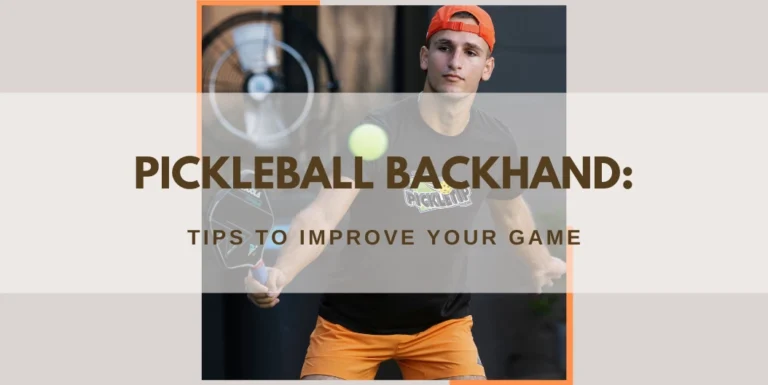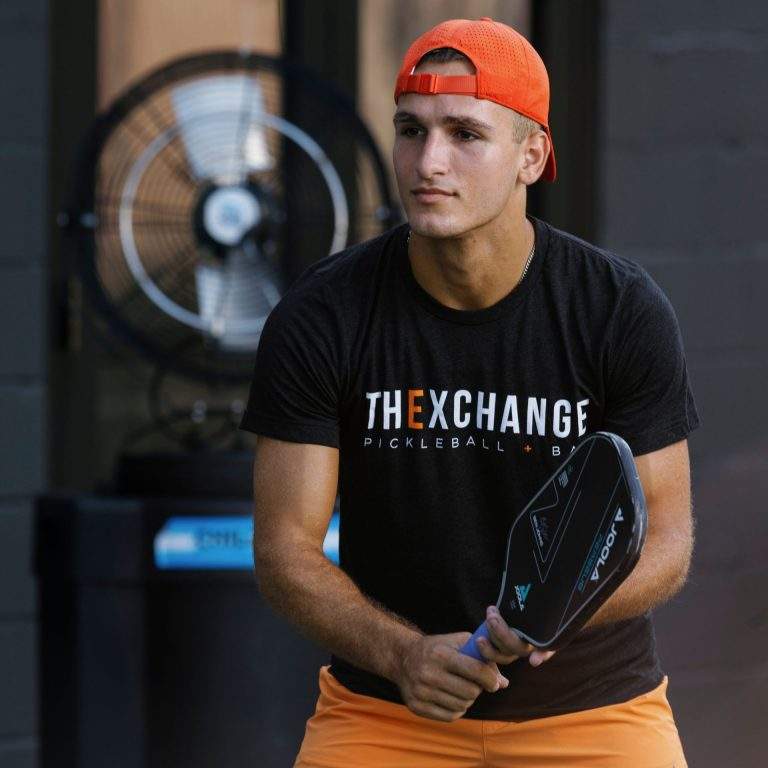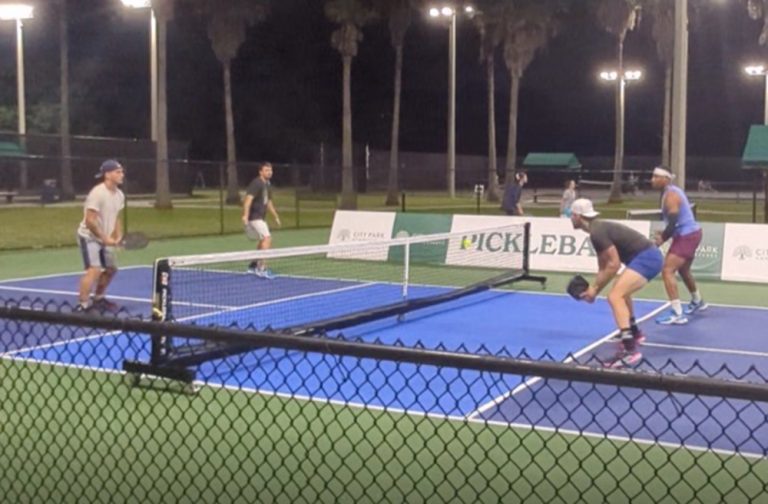15 Common Mistakes To Avoid As A Pickleball Player
Pickleball is a fun and engaging sport that requires both physical skill and strategic thinking. However, even the most experienced players can make mistakes that hinder their performance. Here are 15 common mistakes to avoid as a pickleball player:
1. Poor Footwork
One of the most common mistakes that intermediate players make is poor footwork. Pickleball requires quick and precise movements, and if your footwork is not up to par, you will struggle to get to the ball in time. To avoid this mistake, focus on developing good footwork habits, such as keeping your feet shoulder-width apart and using small, quick steps to get to the ball.
2. Incorrect Grip
Another common mistake that intermediate players make is using an incorrect grip on their paddle. The grip you use can greatly impact your ability to control the ball and make shots. To avoid this mistake, find a grip that feels comfortable and secure, and practice using it consistently.
3. Lack of Focus
Intermediate players also often struggle with maintaining focus during matches. To avoid this mistake, stay focused and mentally prepared throughout the entire game. This can be achieved by taking deep breaths, staying hydrated, and visualizing yourself playing your best.
4. Neglecting Strategy
As you become more experienced in pickleball, it can be tempting to rely solely on your physical skills to win matches. However, neglecting strategy can be a major mistake. To avoid this, continually work on developing and refining your strategic skills, such as court positioning, shot selection, and teamwork with your partner.
5. Ignoring the Rules
Pickleball has specific rules that govern things like serving, scoring, and court boundaries, and failure to follow these rules can result in penalties or even disqualification. To avoid this mistake, familiarize yourself with the rules and make sure you are following them consistently.
6. Failing to Warm Up Properly
Before starting a game, it is important to warm up properly to prevent injury and improve your performance. This includes stretching, light cardio, and hitting some balls to get a feel for your paddle and the court.
7. Overhitting
Intermediate players may also fall into the trap of overhitting, or trying to hit the ball too hard every time. To avoid this mistake, focus on hitting the ball with the right amount of power for the situation, and always aim for consistency and accuracy.
8. Not Moving Quickly Enough
Quick and agile movements are essential in pickleball, and intermediate players often struggle with this aspect of the game. It’s important to focus on footwork and agility drills to improve your speed and reaction time on the court.
9. Poor Communication
Communicate with your partner about where you want the ball, who is covering what part of the court, and any other strategies you want to employ.
10. Being Too Predictable
If you always play the same shots and use the same strategies, your opponents will quickly learn how to counter your game. Mix up your shots and strategies to keep your opponents guessing and off-balance.
11. Lack of Anticipation
Work on developing your anticipation skills by studying your opponent’s play style and paying attention to their body language and shot selection.
12. Lack of Awareness
Always be aware of your surroundings, including the court boundaries, the position of other players, and the trajectory of the ball.
13. Playing Too Passively
Playing too defensively can limit your ability to win points and put pressure on your opponent. It’s important to take chances and play aggressively when the opportunity arises.
14. Not Using Proper Technique
Proper technique is critical for success in pickleball. Make sure you’re using the proper grip, footwork, and swing technique for each shot. This will help you hit the ball with more power and accuracy, and reduce the risk of injury.
15. Focusing too Much on Winning
While winning is the ultimate goal in pickleball, it’s important not to get too caught up in the outcome of each point or game. Focus on playing your best and enjoying the game, and the wins will come naturally.
